
Parachutist article
 May 31st, 2017
May 31st, 2017 Robert Crimmins
Robert Crimmins Magazine Articles, Skydiving
Magazine Articles, Skydiving 0 Comments
0 Comments
JUNE 2017 "HOW SKYDIVING CHANGED MY LIFE" COLUMN - PARACHUTIST MAGAZINE
I first knew of skydiving in 1961 at the age of six. The television show "Ripcord", about two guys who provided almost entirely fictitious parachuting services aired that year. My older brother and I didn’t mind the implausible events because we didn’t watch for the stories. We wanted to see the show’s stars in free fall and those scenes were all real, taken from helmet cameras and airplanes.
Until I grew of a size that made it consistently painful I jumped off of things. We lived on the water in Hampton, Virginia. The seawall stood four to six feet over beach sand so that was a good spot and in the woods we could leap from trees into nets formed of vines ten or twenty feet below. That was risky and there were times when I fell through to the ground but I was never injured. We’d leap from the tops of the channel markers in the Chesapeake Bay too. That venue allowed for compounding the fun because another compulsion some of us had was to reach the bottom of every body of water we swam in, even when it was impossibly deep.
While attending the University of Delaware, I discovered the skydiving club and that it only cost $35 to go through the one day training course and jump. To my surprise, my brother didn’t want to do it, in fact, he thought it was a foolish idea so I asked my best friend if he’d like to go. He and I were on our high school wrestling team, we’d worked together as high-rise window cleaners and we’d spent a lot of time doing things that teenagers do, so it didn’t surprise me when he said yes. On September 21, 1975 we went to Ridgley, Maryland, to a grass strip airport called Pelicanland whose name was derived from the club that owned the drop zone, the Pelican Skydivers.
The ride from campus took about ninety minutes. If my brother’s reaction had come to mind I might have turned back after seeing the place. The farm house that was there the previous summer had burned down, replaced by a trailer, so there were no permanent structures and the number of crashed airplanes (2) equaled those that were airworthy. It wasn’t like the airport in the Ripcord TV series but the University club and the Army ROTC sponsor deemed it safe so I assumed I was in good hands and as it turned out I was.
I was on the last load of the day. After the static line pulled the sleeve and parachute from the container and I found myself under a round parachute that could only drift I was in utterly still air. Nineteen-years-old, suspended two-thousand feet above the world at sunset, in a slow descent, I was filled with awe, a sense of accomplishment and the thrill of freedom. Hanging there like that, motionless, quiet and safe after all the noise and anxiety was wonderful. It was more brief, but I’d had the feeling before and I knew that the short free fall and then the canopy ride was a taste of what was still to come.
My skydiving career has been sketchy, making a couple hundred jumps in the rest of the 70s and only a couple hundred more in the 80s and early 90s. In 2012, after seventeen years without a jump it struck me what I was missing. I had continued to have adventures, like hang gliding, catamaran sailing and flying sailplanes when my rig was collecting dust. I’d lived around the country, had scores of cool jobs and even gone to war. Four years ago, at the age of 57, shortly after AARP eligibility, skydiving once again became a breath that sustains the glow.
Because it’s there, those who would do it, will. We leap through airplane doors into the sky because we can, and to live without doing it would be to live less. It isn’t that skydiving changes such a life. It’s perhaps the greatest of the many things that makes it so continuously rich to live.


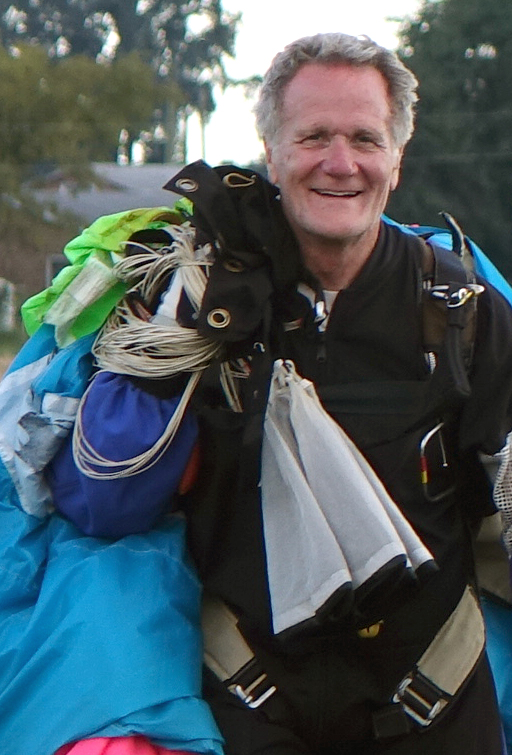
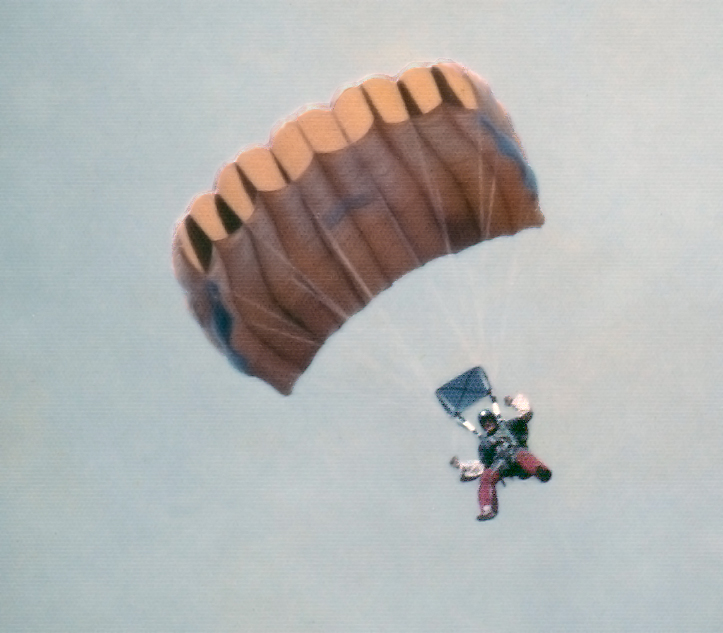
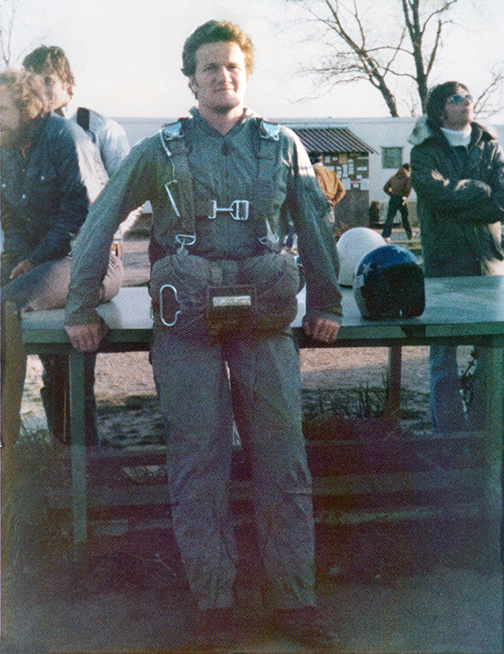
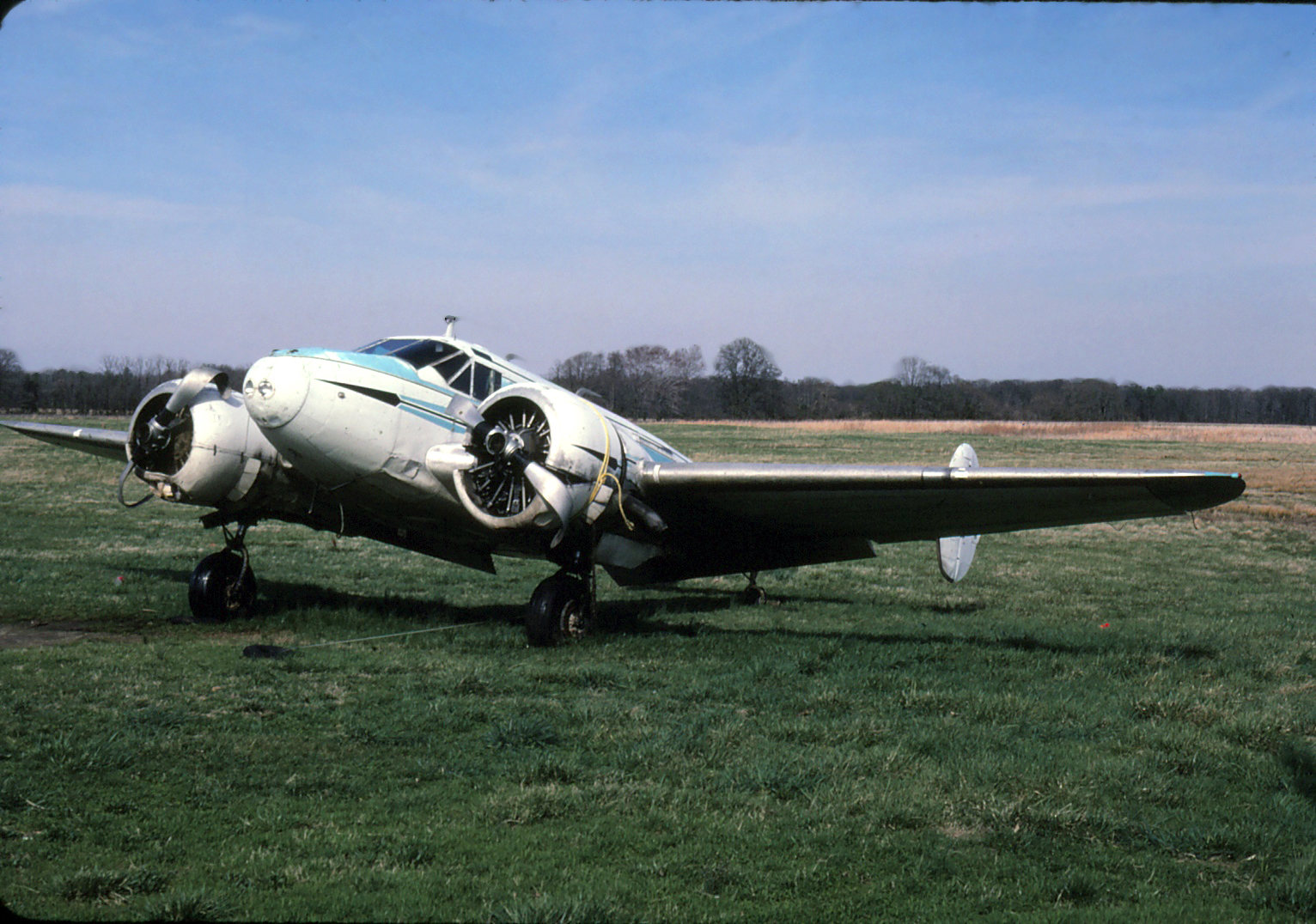
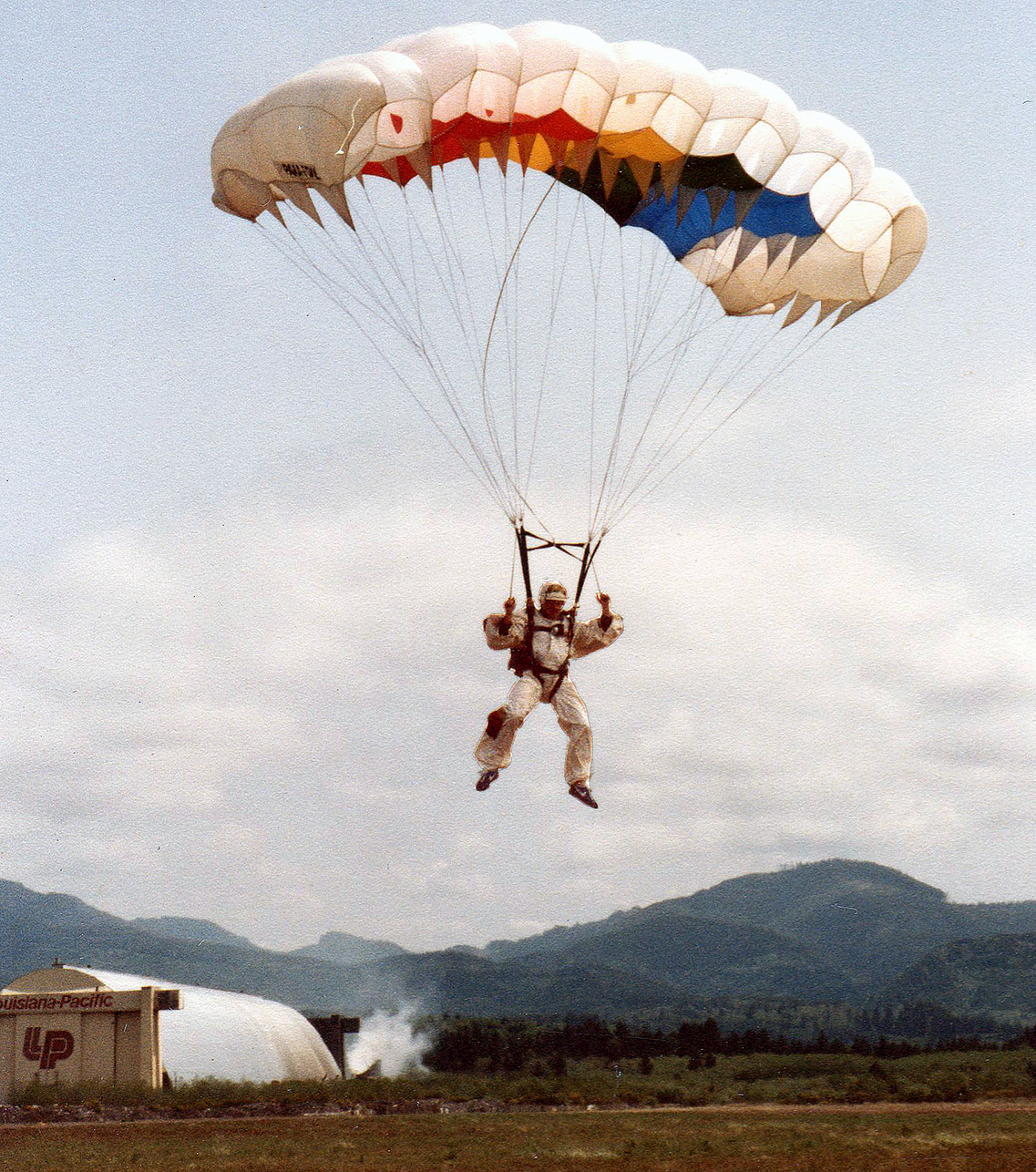
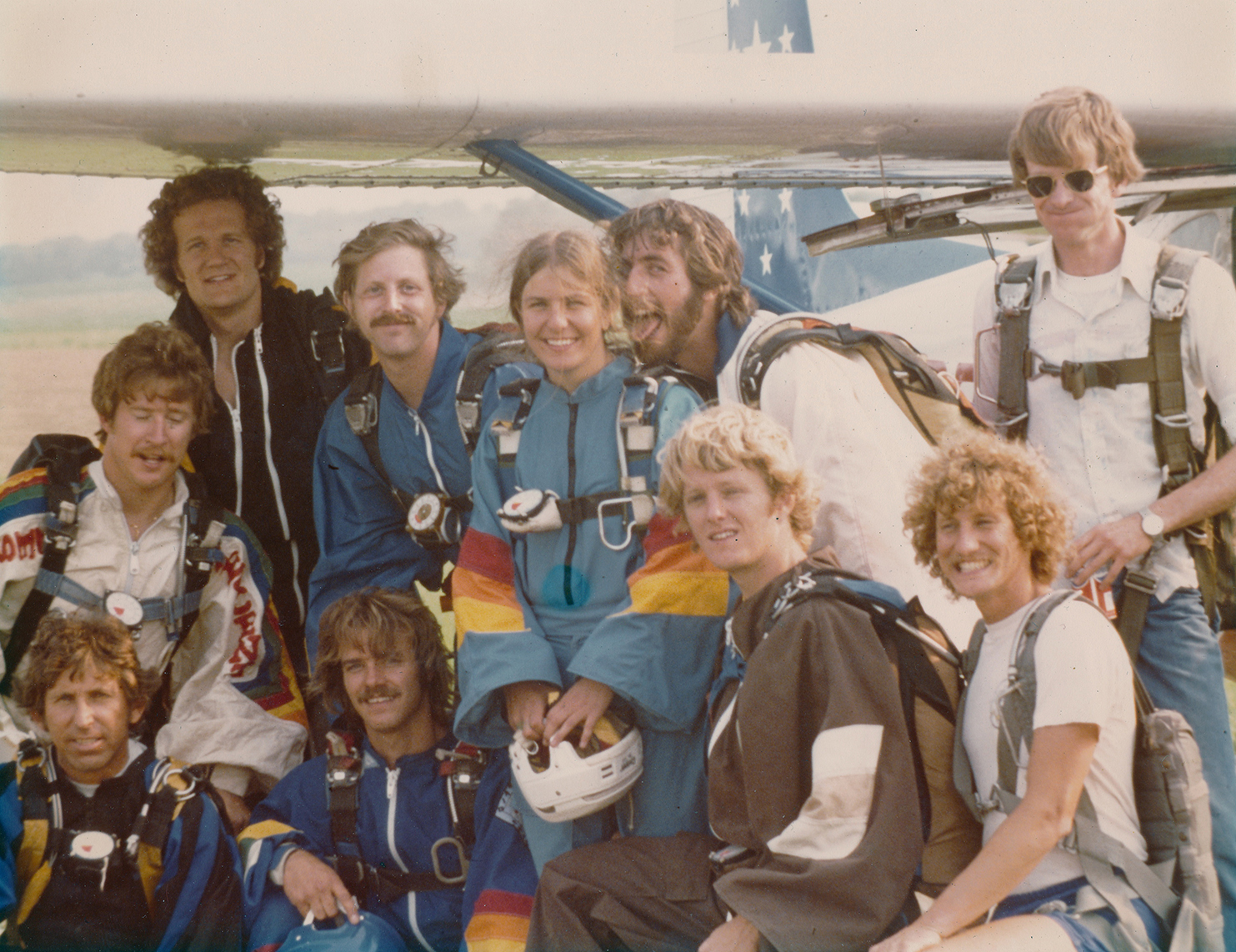
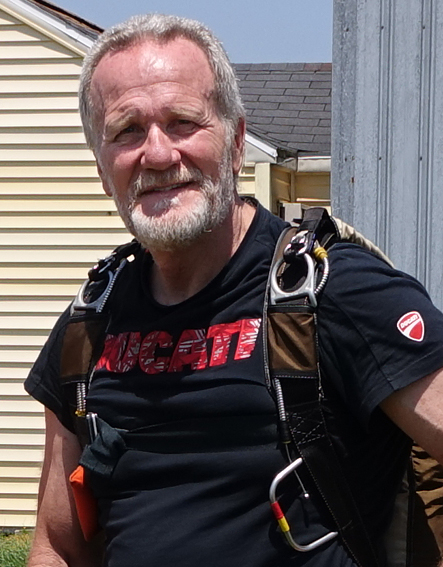
0 comments
Leave a comment